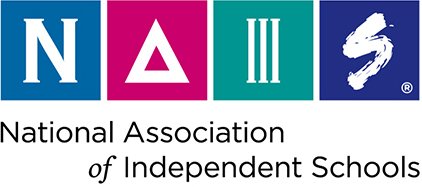Digital Literacy
Technology is part of our modern world, but how to optimize its use in schools and foster a reasonable usage of media at home is a challenge educators and parents alike are facing.
Linden Waldorf offers an approach to technology that carefully considers a child’s developmental readiness. We consistently prioritize human interaction, social growth, and experiential academic curricula. We highly value a collaborative approach to digital literacy involving parents.
Digital Literacy by Age
Early Childhood: The preschool through kindergarten classrooms are vibrant and alive, supporting imagination and play. Storytelling introduces the children to advanced vocabulary and lights up brain function in these critical years. Children are free from passive consumption of media at school. According to the American Academy of Pediatrics, the best way for young children to learn higher-order cognitive skills (including attentional and emotional control) is through caregiver-child interactions and unstructured and social play.
Grades: At Linden, the day begins with teachers greeting each student with kind, intentional eye-contact. Human connection is emphasized in our media-free classrooms, promoting focus, creativity, and flexibility in thinking. Middle school introduces digital literacy through Cyber Civics™, a comprehensive curriculum that emphasizes ethical and critical thinking skills and scaffolds concepts to help students make sense of a complex digital world. In this class, the students and teachers explore media and technology with age-appropriate, in-depth discussions considering online behavior and social responsibility. Class parents meet to set technology guidelines to be followed at home and with peers to help gently prepare students for the wide world of digital communication.
Distance Learning: As necessary due to COVID-19, Linden Waldorf teachers and students are able to pivot to Google Classrooms, where teachers have created intentional and creative schedules, including asynchronous and synchronous learning based on the students’ developmental level.




